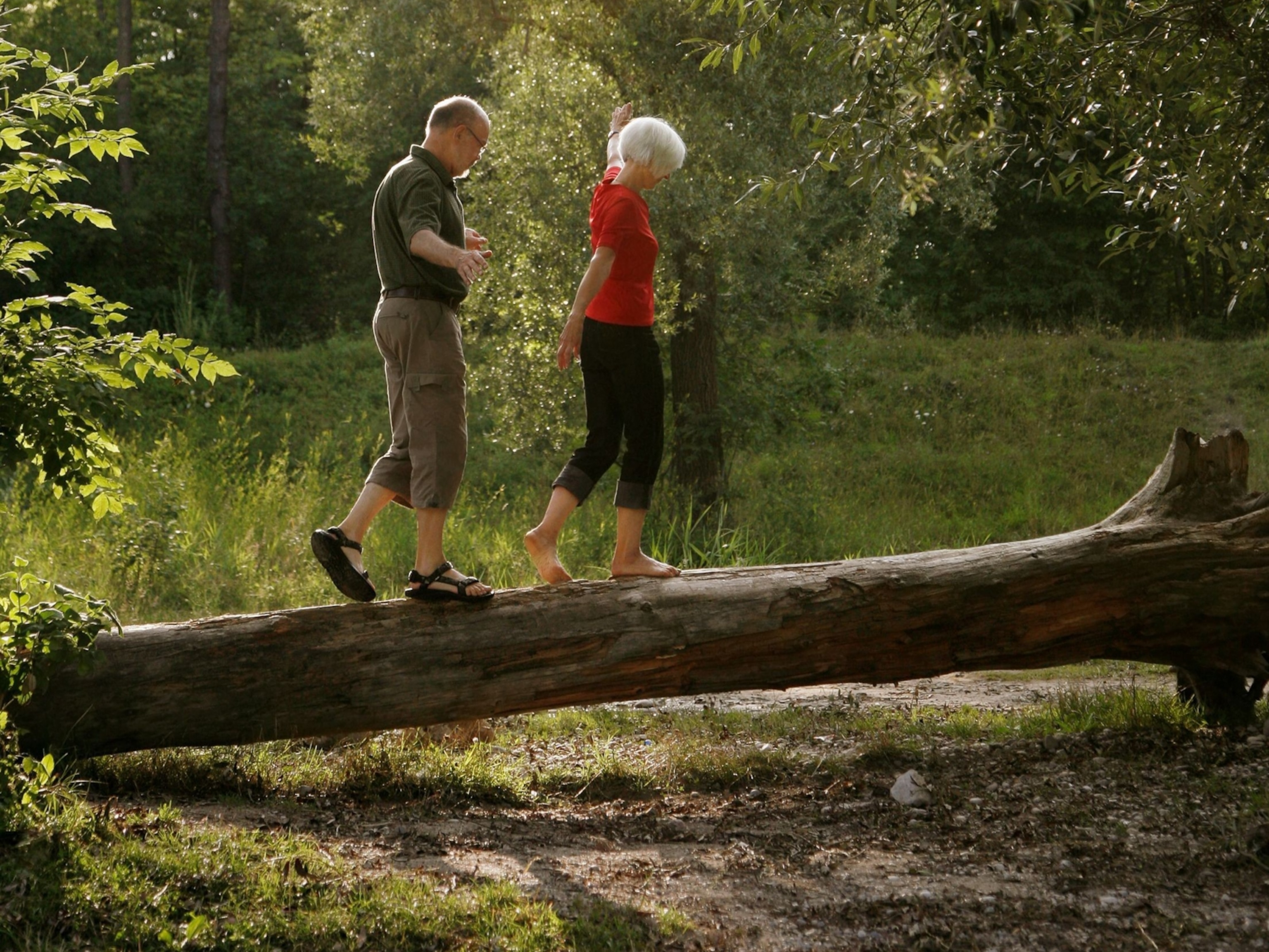
Why Are Men's Noses Bigger Than Women's? Mystery Solved
Larger schnozzes help men take in more oxygen to fuel their muscles.
Men, your noses are indeed growing—but not from telling tall tales.
In a new study, researchers at the University of Iowa report that male noses are about 10 percent larger than female noses, on average, for a given body size.
The research suggests that these larger schnozzes are simply nature's way of fueling the lean muscle mass that men have in higher proportion than women. (Read why men's ring fingers are longer too—the reasons may surprise you.)
That's because bigger noses enable men to bring more oxygen into their bodies, which in turn helps to grow and maintain their energy-hungry muscles, according to the UI College of Dentistry's Nathan Holton, lead author of the research.
While the human nose sits plainly on the face, it has less to do with the other features of the skull than it does with the respiratory system, Holton stressed. (See National Geographic's pictures of faces around the world.)
The nose functions as an extension of the lungs and helps circulate oxygen to nourish muscle.
The Nose Knows
For the research, Holton's team charted nose size and growth in 38 males and females who took part in a growth study from age 3 to their mid-20s.
Gender differences in nose size begin to show up at around age 11, the team found, about the same time as puberty—which sparks the growth of more lean muscle in men and more fat mass in women. (Read "Battle of the Sexes: How Women and Men See Things Differently.")
Previous physiological studies have shown that 95 percent of the weight males gain during puberty is lean muscle, but that such muscle accounts for only 85 percent of female growth.
"After puberty, for any given body size, males tend to have larger noses because more of the male body is made up of lean muscle tissue that's metabolically more expensive," explained Holton, whose study was published recently in the American Journal of Physical Anthropology.
While the test group was of entirely Caucasian heritage, it's expected that other lineages will show similar results because differences in male and female physiology appear to be universal, he added.
Neanderthal Noses
In the long view, gender isn't the only variable in who grows a big nose.
Decades of research have shown that nose sizes and shapes tend to change with climate, the better to heat and humidify the air they breathe.
And similar schnoz size differences appear when comparing modern humans with our ancient relatives like the Neanderthals, the study asserts. (See "Secrets of Smell: Different Nose Parts for Stinky, Sweet.")
"Research suggests that compared to modern humans, Neanderthals had more muscle mass and required more oxygen intake," Holton said.
"This study suggests that when we take a look at nasal-size reduction in modern humans, compared to archaic humans, it might be linked to reductions in body mass."





